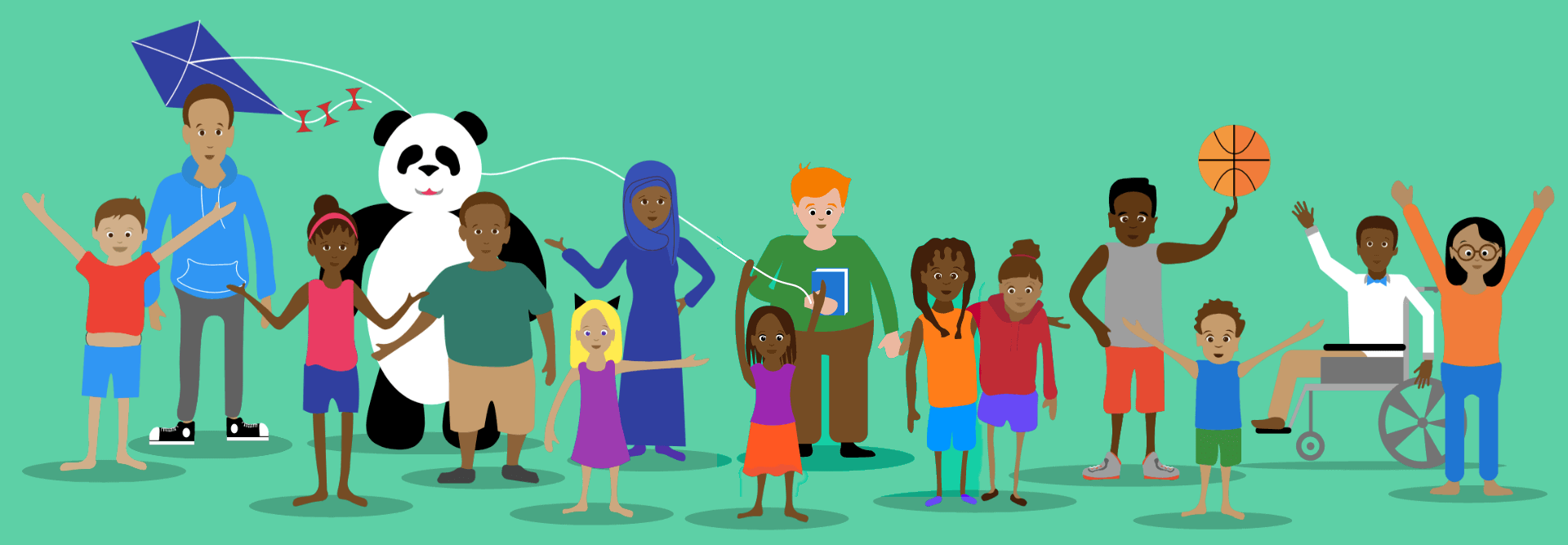Let’s start with the term education. In many settings, people equate education with schooling, which leads to the idea that education is something that is done to students by teachers and other adults. Teachers educate and students become educated. Teachers give an education and students receive this gift. But any real discussion of education requires us to think much more broadly than schooling.
Education can be defined in a number of ways. While at some points in history it did most commonly refer to hierarchical and often coercive relationships, there have also been times and places when it referred more to the process of drawing out and developing the capacities presumed to already be present within a student. A useful definition for our purposes as we explore Self-Directed Education is this: Education is the sum of everything a person learns that supports them towards living a satisfying and meaningful life.
This includes the kinds of things that people everywhere more or less need to learn to fully inhabit their bodies and navigate a complex, changing world. It includes some culture-specific skills, some of which may include how to read, which traditions accompany which holidays, how to formulate a query for a search engine online, when to change the oil in a car — the things that most people in a specific context feel they need to know in order to live the kind of life they want to live in the culture in which they are growing up.
And much of education, for any learner, focuses on development of an assortment of skills and knowledge pertaining to that individual’s unique interests, goal-related needs, and lived experiences. As each person’s journey and concept of “a satisfying and meaningful life” is unique, each person’s education is unique. Society benefits from such diversity.
Given this definition of education,
Self-directed education can include organized classes or lessons, if freely chosen by the learner; but most self-directed education is more informal and part of everyday life. Play, trying something new, having lunch with a friend, reading science fiction on the subway: there’s learning in all these endeavors, and in Self-Directed Education, as long as the learner is making their own choices that learning is granted as much value and space as more formal pursuits. The motivating forces that make all of us learners include curiosity, playfulness, and sociability. Self-directed education necessarily leads different individuals along different paths, though the paths may often overlap, as each person’s interests and goals in life are in some ways unique and in some ways shared by others.
Self-directed education can be contrasted to coercive schooling, which is forced upon individuals, regardless of their desire for it, and is motivated by systems of rewards and punishments, as occurs in conventional schools. Coercive schooling is generally aimed at enhancing conformity rather than uniqueness, and it operates by suppressing, rather than nurturing, the natural drives of curiosity, playfulness, and sociability.
Finally, then, Self-Directed Education refers to the educational approach of young people and those supporting them as they take charge of their education. Maybe their families have enrolled them in schools that support young people’s pursuits of their own interests and do not impose a curriculum. Maybe they homeschool by the method commonly called unschooling, where the children pursue their own interests rather than an imposed curriculum. “SDE” is diverse and expansive. It exists as an older alternative to conventional schooling, outside of relationship to schooling, and sometimes even is a refuge practice for young people who feel stuck in conventional schools.
If you want to learn more, check out our brand new offering, The ASDE Compendium: a rich collection of knowledge, wisdom, and lived experiences from practitioners of Self-Directed Education (SDE) around the world.
Next: The Four Educative Drives





